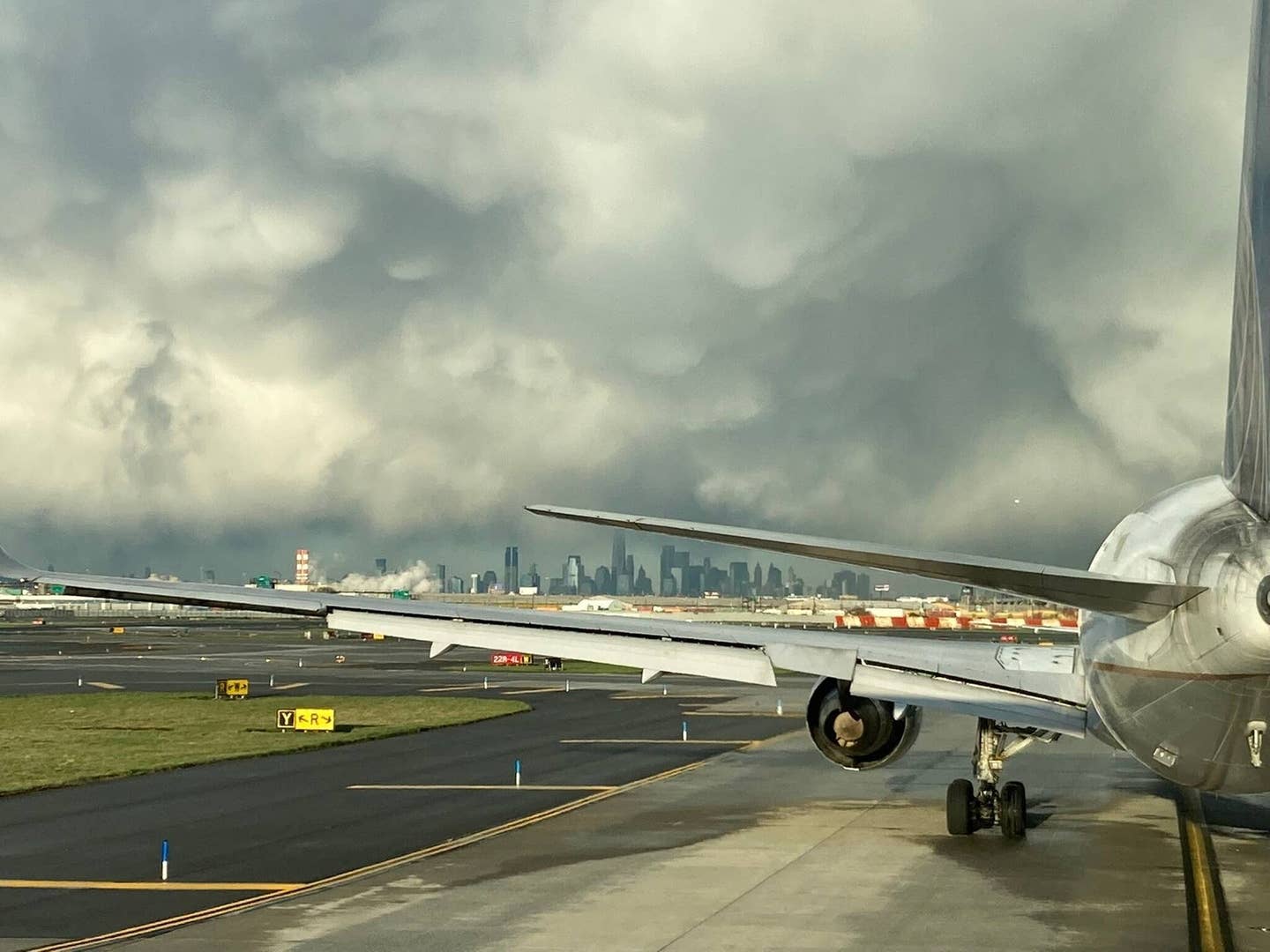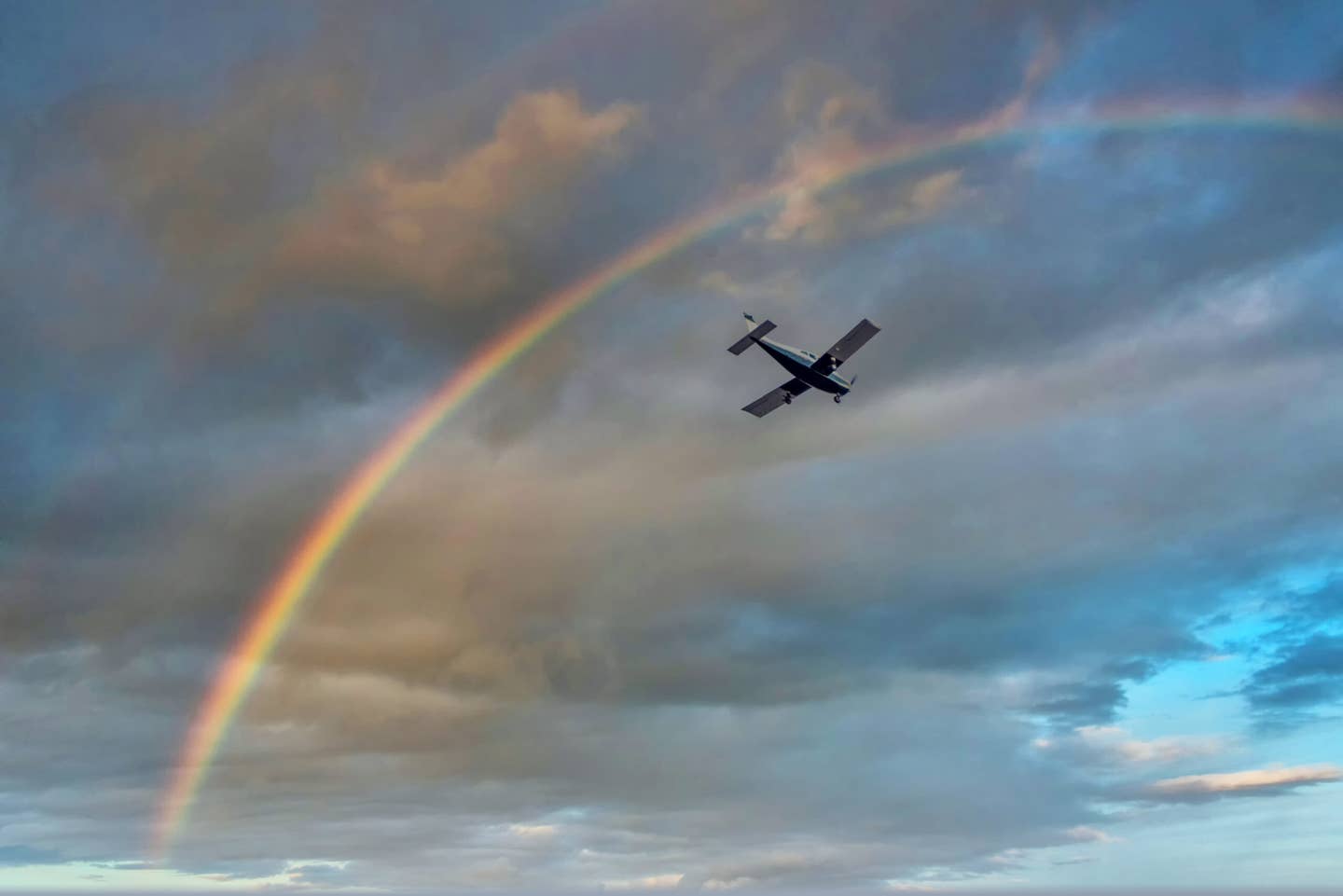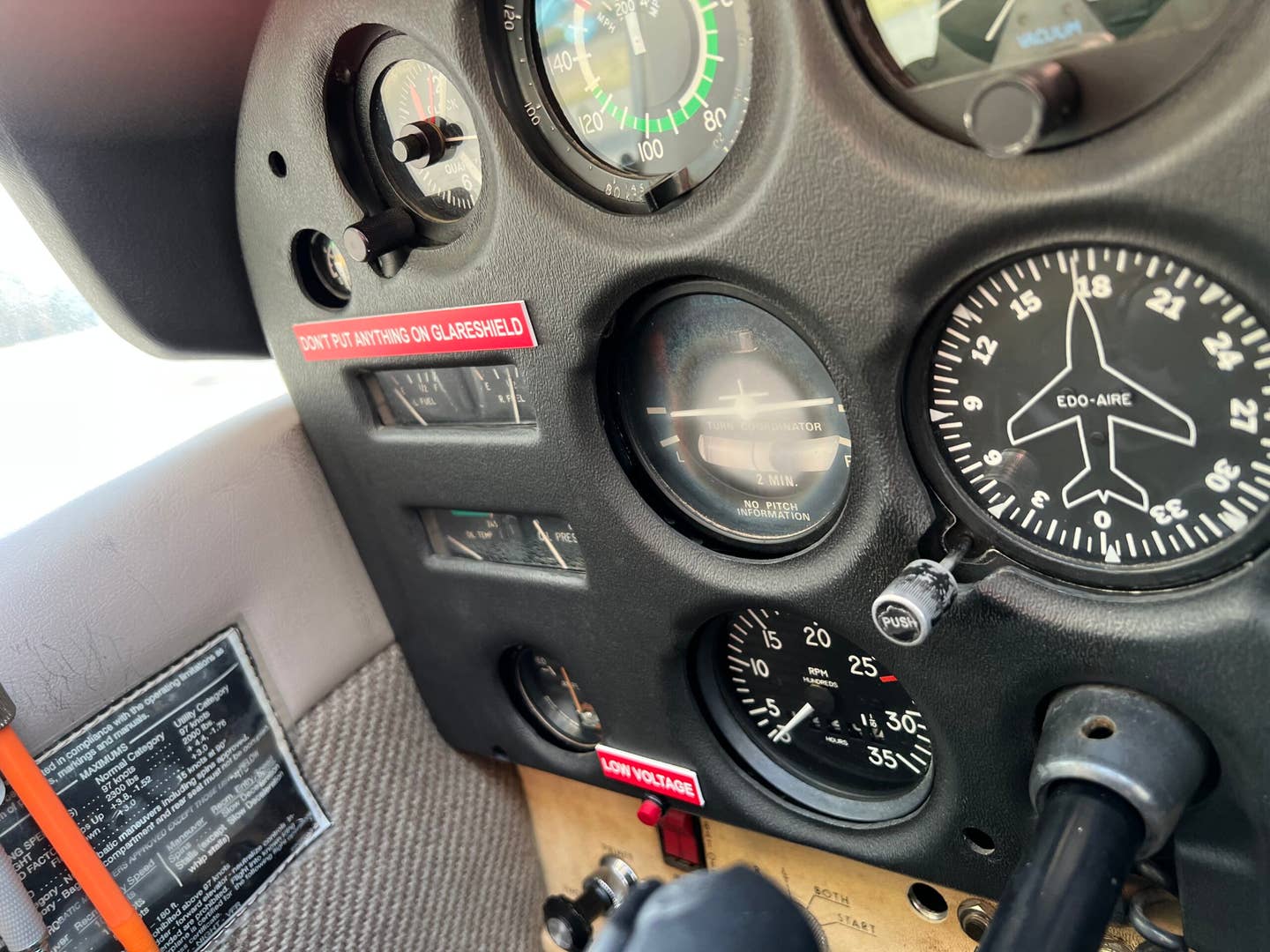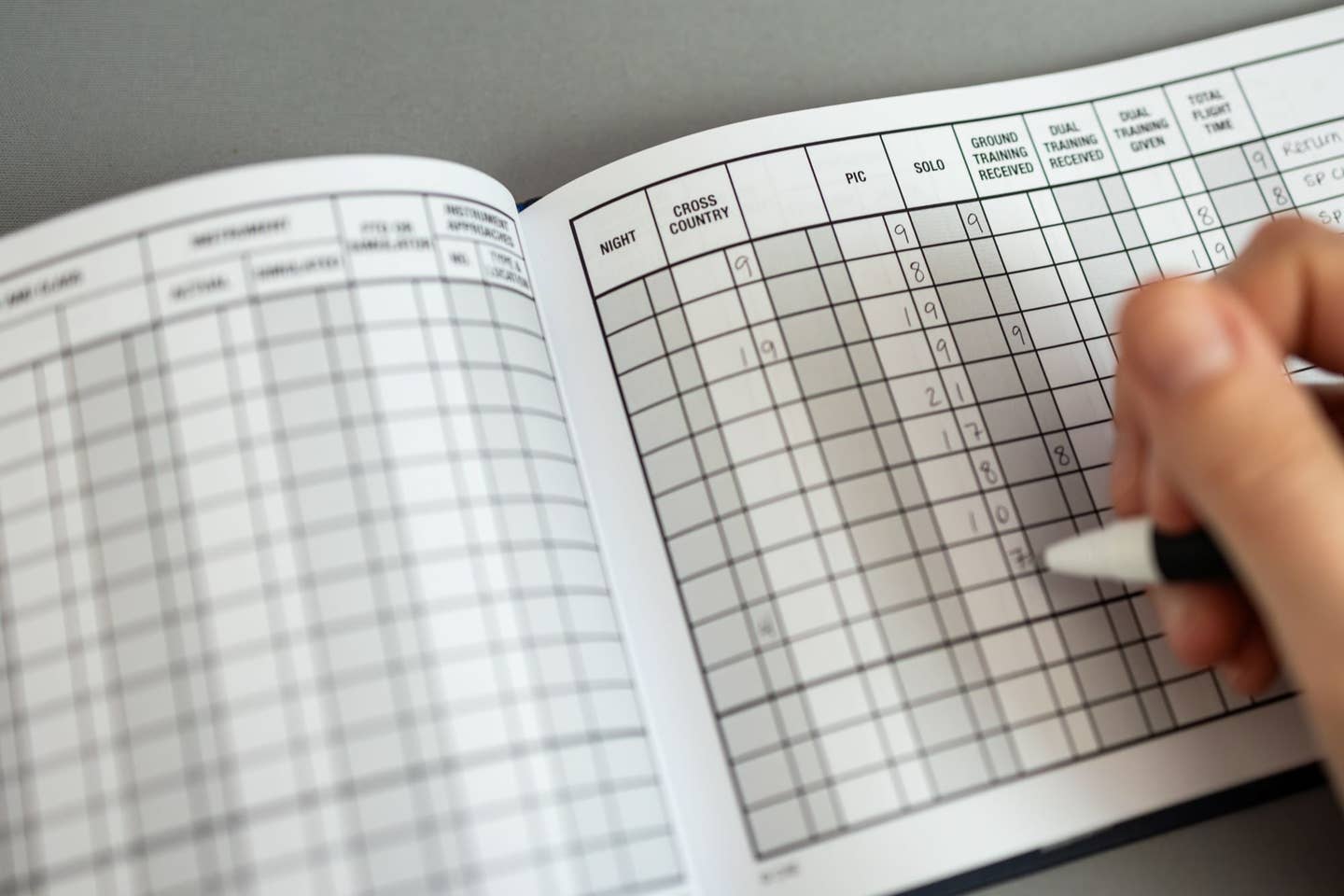
(April 2011) WEIGHT MATTERS. EVEN in the light-sport aircraft world. As I wrote in last month's column about the LSA categories, the maximum gross weight is one of the key factors in determining whether or not an aircraft meets the FAA's LSA definition. How did the FAA come to that final 1,320-pound figure? Well, it wasn't a direct route — or without considerable thought, to be sure.
First, some back story. The Sport Pilot/LSA rule — the result of a 10-year effort largely spearheaded by the EAA — grew out of Part 103, which governs single-seat ultralights. Though the vehicles allowed under Part 103 are loosely regulated, they don’t require a person to obtain a pilot certificate or have aeronautical knowledge to fly them. So when the United States Ultralight Association petitioned the FAA to amend Part 103 to allow two-seat and “fat” (overweight) single-seat ultralights, the FAA took it a step further. Instead of amending Part 103, it proposed the Sport Pilot/LSA rule, which would bring ultralights into the fold of pilot certification by way of the Sport Pilot license. But that wasn’t the only motivation for the rule. With pilot numbers on the decline, it was hoped that the rule would also grow new pilots by offering a certificate that would cost less to obtain and maintain than a private certificate. And that it would spur manufacture of new, affordable airplanes.
As the proposed Sport Pilot rule moved through the system, the Aviation Rulemaking Advisory Committee (comprised of representatives from the ultralight and light experimental communities) first looked to the European mircolight regulations for two-seat ultralight max gross weight, which was 992 pounds (or 450 kilograms).
“It was realized that number would make it difficult to design newly manufactured LSA,” says Joe Norris, EAA’s homebuilders community manager.
After more consideration by the ARAC, the number submitted in the final notice of proposed rule making was 1,232 pounds — or 560 kilograms, the gross weight limit used by Australian microlights and Canadian advanced ultralights. Now, it was thought, a broader range of vehicles could qualify. What more could be asked? Well, about 100 more pounds, apparently.
As the NPRM went through the comment process, an argument developed for additional weight. Among the reasons cited were that more weight would allow for currently produced type-certificated four-stroke engines and ballistic parachute recovery systems. Ultimately, the FAA acknowledged that the added weight might be a safety benefit to light-sport aircraft design. It was determined that a max gross weight of 1,320 pounds would suffice. By chance, this figure qualified certain standard-category aircraft that met that weight, like a Cub or Champ, for Sport Pilot certification. As you can imagine, this spurred more discussion, including why Cessna 150s, one of the most prolific trainers, couldn’t be included.
“In the FAA’s mind, allowing certain standard-category airplanes that met the LSA definition to be operated by sport pilots was a bonus,” says Norris. “The 150, seemingly a fit in most ways for the rule, didn’t meet the weight requirements.”
In the end, “deciding the final max gross weight was only part of a well-considered rule that allowed people to bring their nonpedigreed airplanes into the system and made room for new airplanes,” says Tom Peghiny, ARAC member and president of Flight Design.
And that’s why 1,320.

Sign-up for newsletters & special offers!
Get the latest FLYING stories & special offers delivered directly to your inbox






